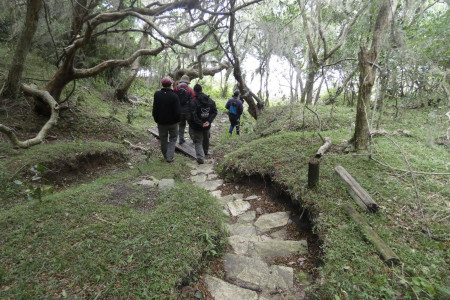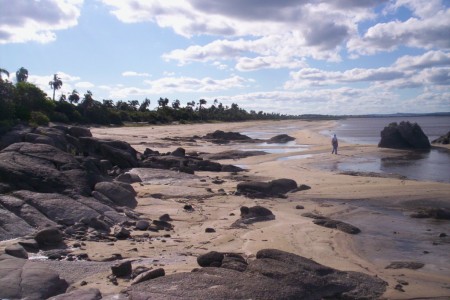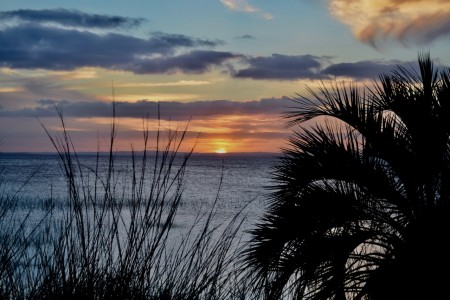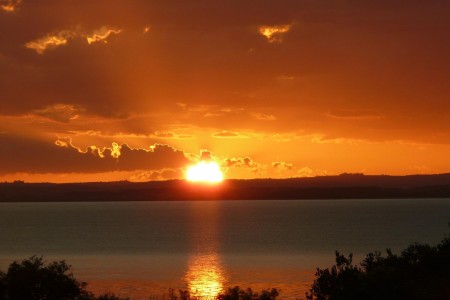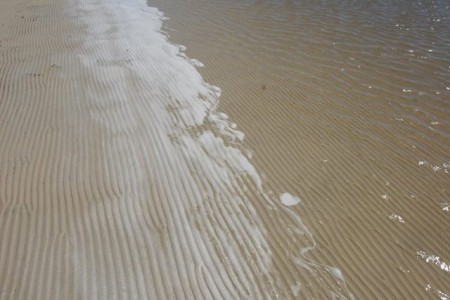The Laguna Negra (Black Lagoon), also known as the Laguna de los Difuntos (Deceased Lagoon), since the caves of the hills were used as cemeteries by the natives, is the largest of the coastal lagoons of Uruguay. It has an area of 17,500 hectares and 7 meters deep in its deepest part. It has no contact with the sea, being fed by rainwater.
Along with the Potrerillo de Santa Teresa Biological Station, they integrate one of the Protected Areas of Uruguay, managed by PROBIDES.

Its bed is composed of such a fragmented peat that its particles in suspension are almost imperceptible and difficult to filter. This feature, which hinders the refraction of light, dyes its waters with a black color that gives it its name, and is distinctive of this lagoon. Despite the impression that the appearance of water can generate, it is of great quality and purity, favoring and sustaining in multiple ways the great biodiversity that surrounds this great mirror of water.

How to get to the Laguna Negra?
To access the Laguna Negra you must take route 9, and at km 302, at the roundabout entering the Santa Teresa National Park, you must take the opposite road and from there travel a few kilometers down a winding dirt road until you reach the area of the lagoon.

Walks and activities
In the Laguna Negra you can enjoy a wonderful day in its small beaches of calm waters, surrounded by rocks and pure vegetation. It is also possible to see different types of birds, tour a large native bush, kayak, hike the place or contemplate a landscape that alternates marshes, meadows, rocky hill ranges and of course the lagoon.
Sunset on the Laguna Negra
Do not miss the sunset, it is magical to contemplate how the sun hides in the lagoon.

